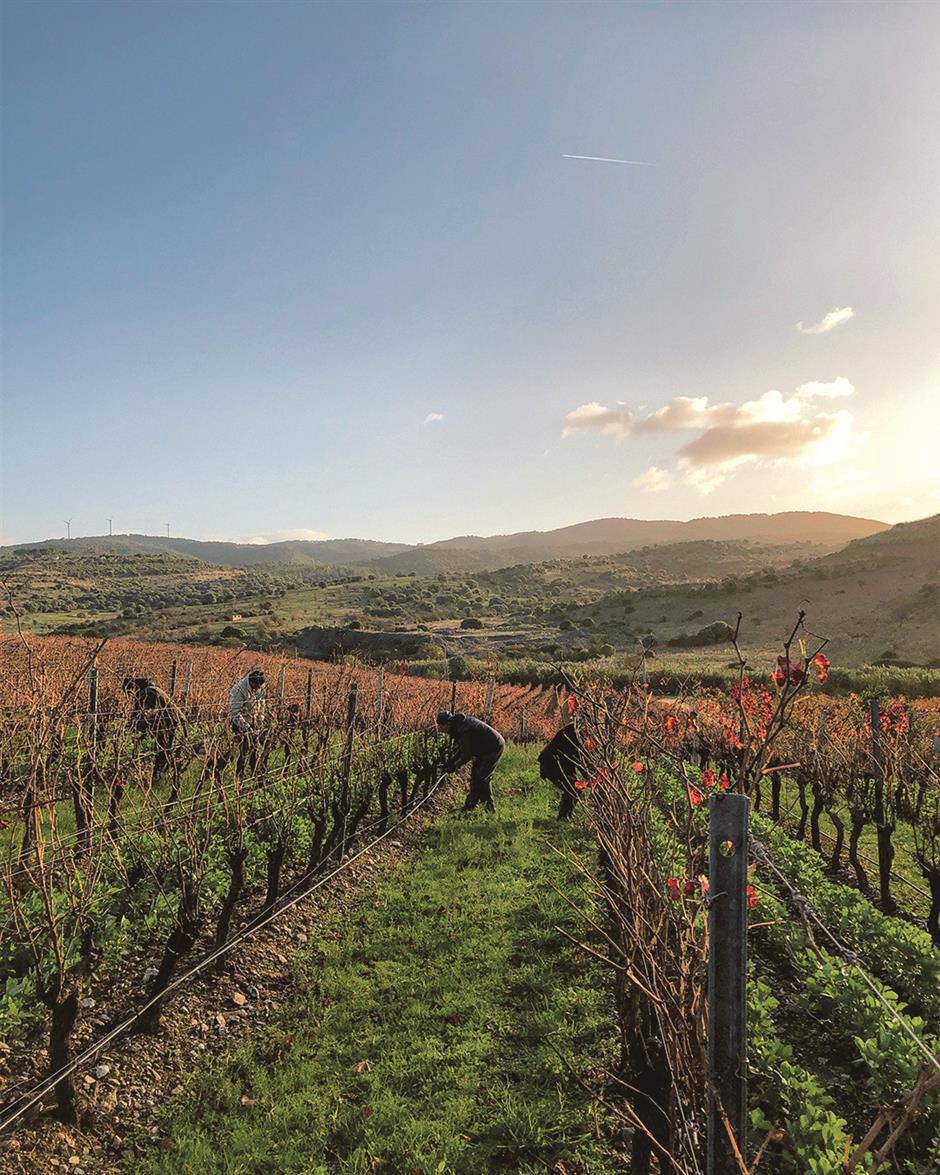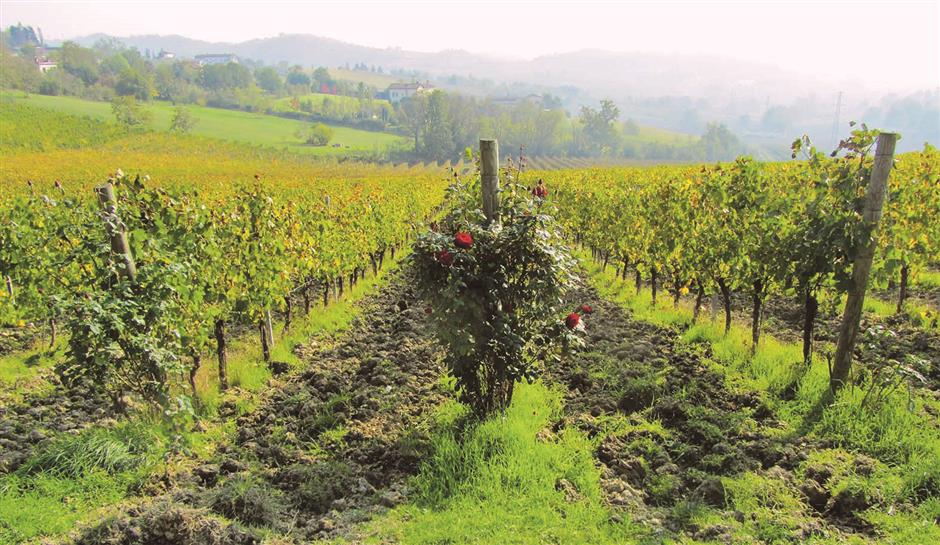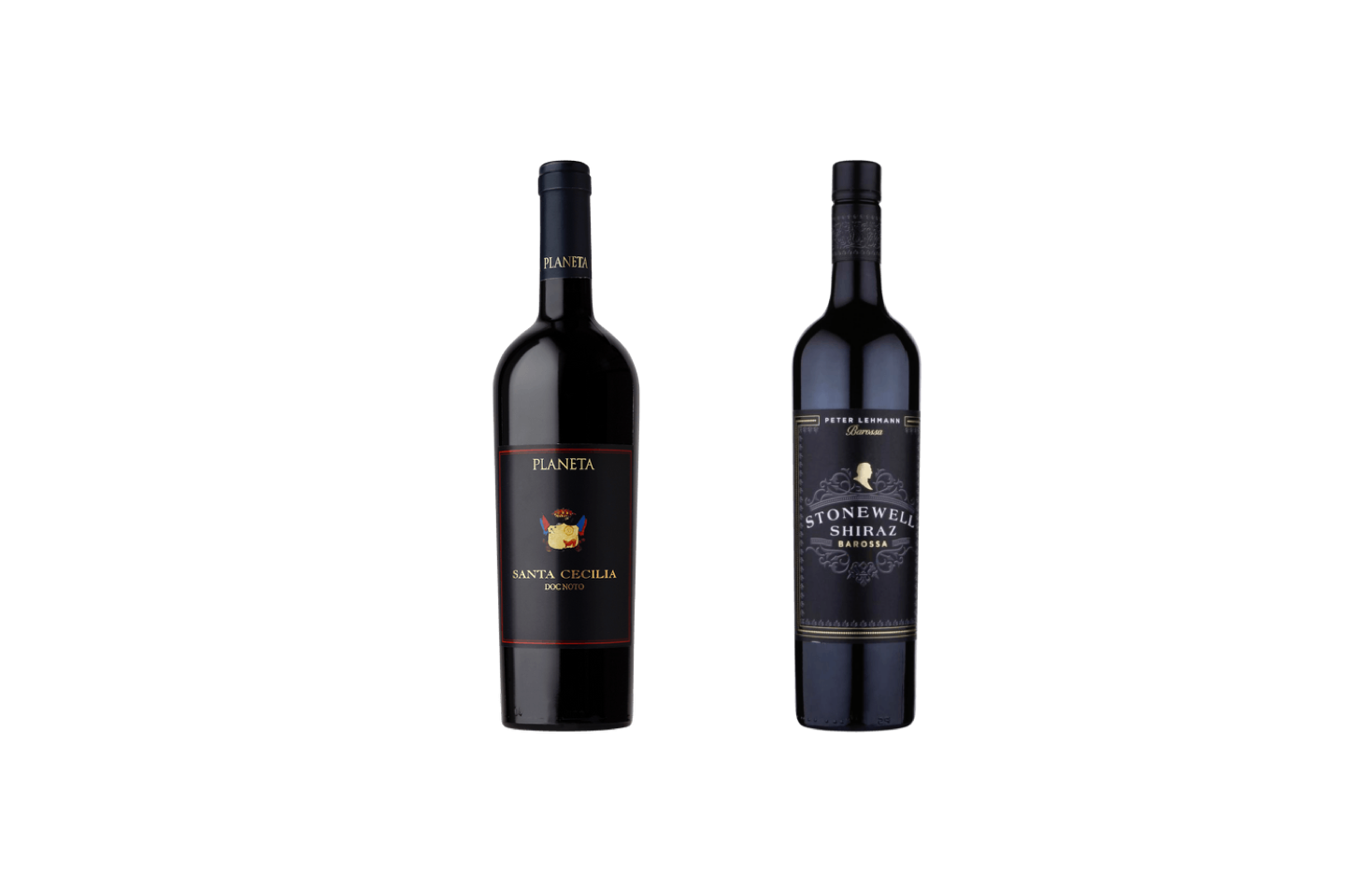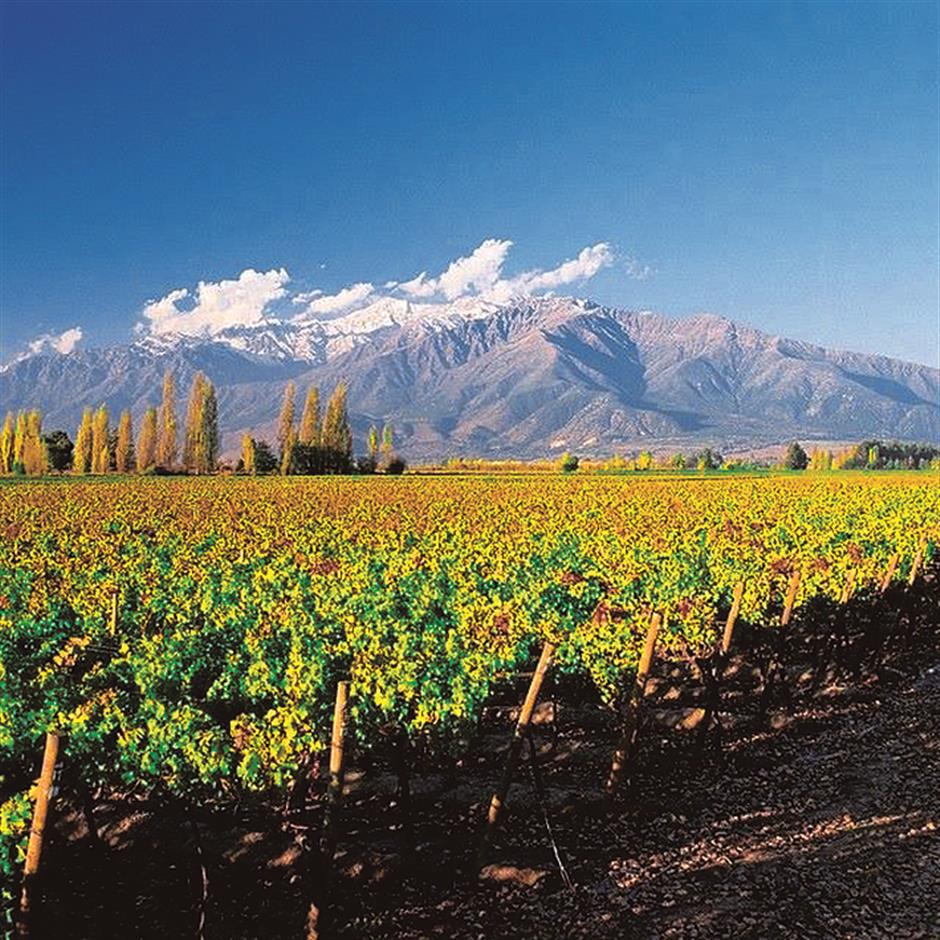Summary
Physical and mental health are essential to persevering through these challenging times. This May, many readers share my concern on how to keep fit and optimistic during the various stages of lockdown. Personally, I’ve been running on my treadmill at home and doing a lot of push and sit-ups. But all of this exercise would be for nil without proper diet.
Eating light and bright is the best way to sustain our bodies and minds while confined at home. Drinking right is also essential. For wine lovers this means picking a low-calorie wine with healthy attributes that also matches well with lighter foods. In most cases this means white wines.

While resveratrol-rich red wines have traditionally been lauded by doctors and nutritionists, more recent scientific studies indicate that white and sparkling wines may be equally healthy. The University of Connecticut School of Medicine found that the tyrosol and hydroxytyrosol antioxidants in white wines are similar to those in olive oil. Another study by the University of Barcelona indicated that white and sparkling wines may well have greater anti-aging and weight-loss properties than red wines. One of the most sustaining and beneficial of all white wines is Vermentino.
The exact origin of Vermentino is still a mystery. Formerly, the prevailing theory was that the variety was native to Spain, then some scientists suggested a close link to the Hungarian Furmint grape. The latest work by ampelographers has established that Vermentino is most closely related to the Pigato grape of Liguria, the Favorita grape of Piedmont and the Rolle grape in southern France. These findings would seem to indicate that the grape was first cultivated along the Ligurian coast.
In fact, there are over 40 different names for this grape and this perplexing name game is one reason the variety has flown under the radar for so long. The good news is that the growing popularity and marketability of Vermentino wines is incentivizing producers around the wine world to unify their terminology under the Vermentino name. The most famous expressions of this variety arguably come from the island of Sardinia.
The second largest Mediterranean island after Sicily, Sardinia is a paradise for wine and food. Vitis Vinifera grape vines and olive trees existed in Sardinia as wild plants in pre-human times and recent archeological digs suggest the possibility that wine consumption on the island may date back to the Nuraghic Era of the Bronze Age.
Through the millenniums, the art of winemaking progressed as numerous outsiders invaded and brought their winemaking skills and new technologies. The long list of occupiers includes the Semitic, Cretian, Phoenician, Punic, Roman and Byzantine cultures. From the 13th-18th centuries the Iberian kingdom of Aragon ruled Sardinia and planted Spanish varieties including Bovale Sardo, Carignano and Cannonau that continue to flourish today.
Most germane to our quest for a healthy lockdown wine is that Sardinia is part of what National Geographic terms the Blue Zone, a small group of places with distinct geographic locations and cultures where people routinely live to 100 years or older. Okinawa Island in southern Japan, the Nicoya Peninsula in Costa Rica and the Seventh Day Adventists in Loma Linda California are the others. In all these blue zones, there’s a strong emphasis on family, community, socializing, active lifestyles and healthy diets.
Active socializing is definitely out of the question for those of us languishing at home, but we can still share in one indisputable ingredient to Sardinia’s longevity and wellbeing: their wines; and more specifically their beloved Vermentino white wine that’s low in calories and naturally high in antioxidants.
Vermentino di Sardegna DOC
The Vermentino variety is thought to have arrived on the island sometime during the early 13th century just before or at the advent of the Aragon occupation. The most expansive representation of the grape today is Vermentino di Sardegna DOC, a region that covers Sardinia in its entirety, The Vermentino di Gallura DOCG and Vermentino di Gallura Superiore DOCG regions in the granite soils of northern Sardinia are more acclaimed but finding these wines in China is foreboding endeavor.
Vermentino wines from the south are easier to find and still provide a quintessential Vermentino drinking experience with abundant zesty citrus and mineral qualities. Despite not being as weighty as their DOCG brethren, the best Vermentino wines from the south are remarkably complex and persistent. Most these wines fall into the Vermentino di Sardegna DOC designation with some being IGT wines.
One wine that beautifully repress the attributes of the variety in Sardinian is the Argiolas Costamolino Vermentia di Sardegna DOC, a fresh wine with excellent intensity and pleasant notes of minerality. Also lovely is the Santadi Cala Silente Vermentino di Sardegna DOC wine that offers aromas and flavors of fresh peach and green apples with a persistent clean finish. The crisp and fresh nature of these wines makes them exceedingly food-friendly and perfect partners to the healthy dishes and snacks we’re savoring during lockdown.
I’d be remiss if I didn’t mention that other regions of Italy also produce fine Vermentino wines. Three recommended examples are the Mazzei Vermentino di Toscana IGT, Feudi di Gregoria Vermentino di Toscana IGT and the Selvabianca Vermentino Salentino IGT from Puglia. Whether from Sardinia or elsewhere in Italy, its always best to serve Vermentino wines well-chilled or about 8 degrees Celsius.

Where to buy in Shanghai
Scena, Ritz Carlton Pudong, 52/F, 8 Century Ave, 2020-1717
Argiolas Costamolino Vermentino di Sardegna DOC
China Wine & Spirits, 702, No. 1, Lane 1135 Xinzha Rd, 6087-1811
Santadi Cala Silente Vermentino di Sardegna DOC
www.vinehoo.com (website)
Mazzei Vermentino di Toscana IGT
Feudi di Gregorio Vermentino di Toscana IGT
Selva Vermentino Salentino IGT





